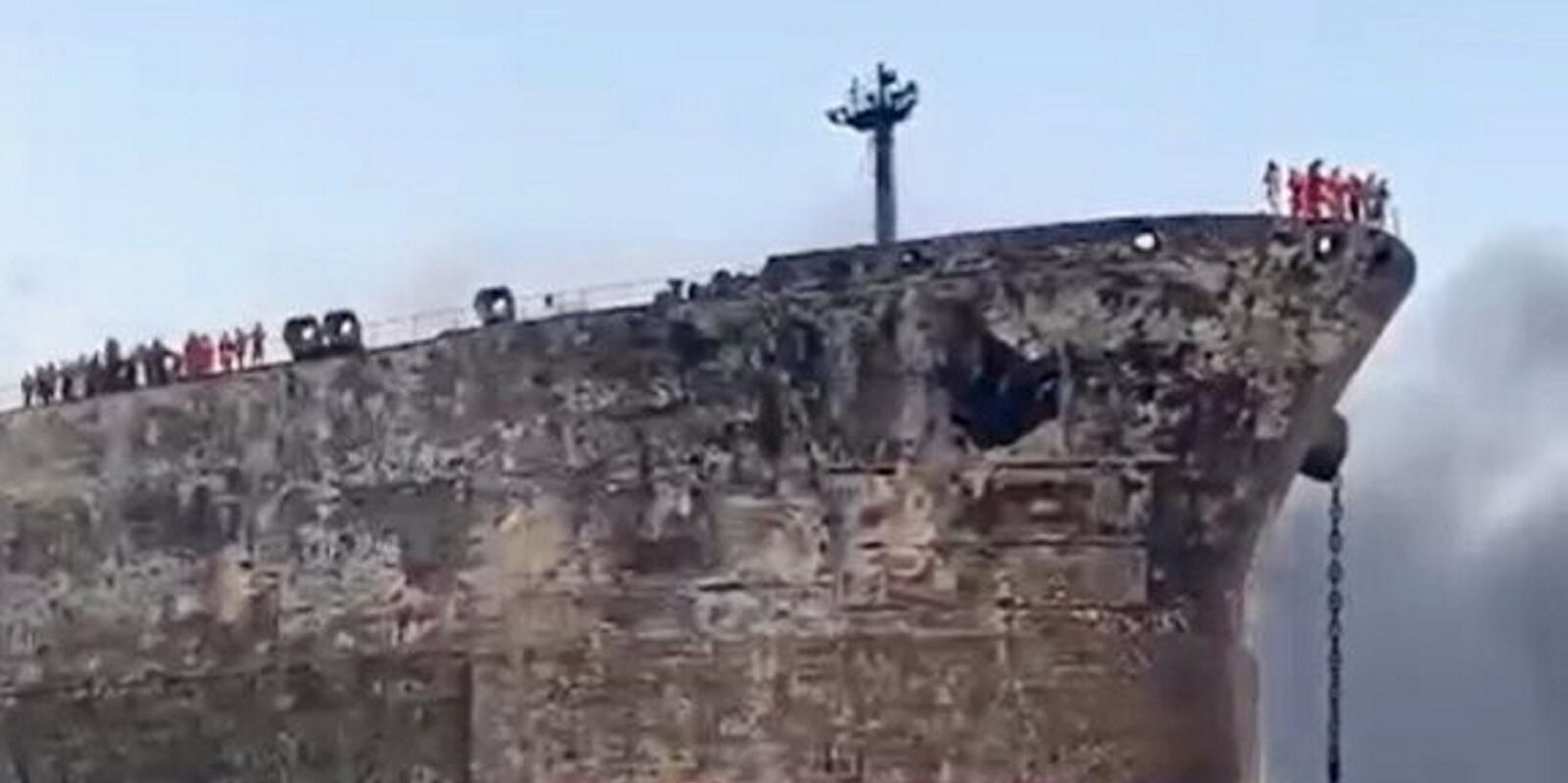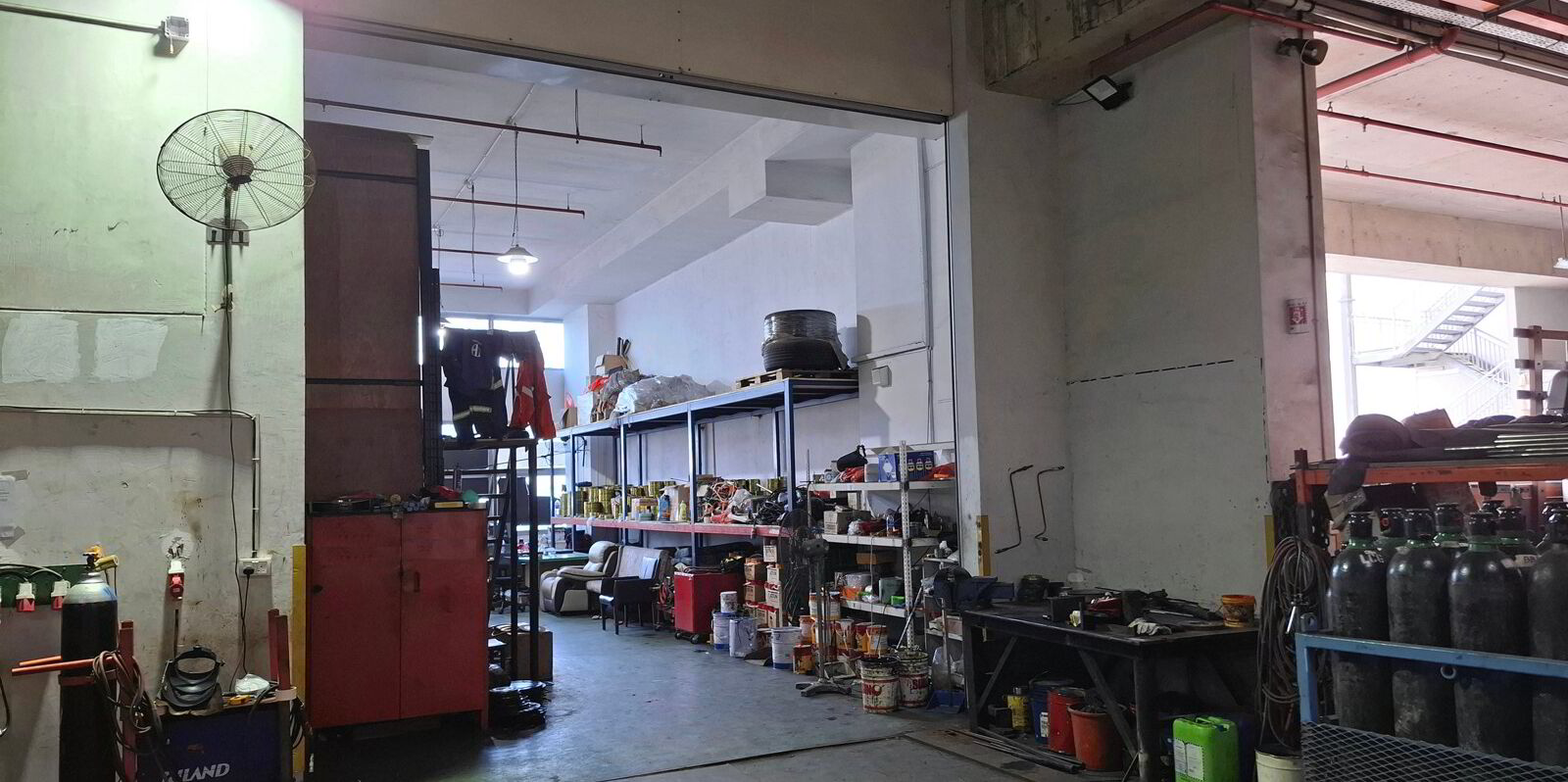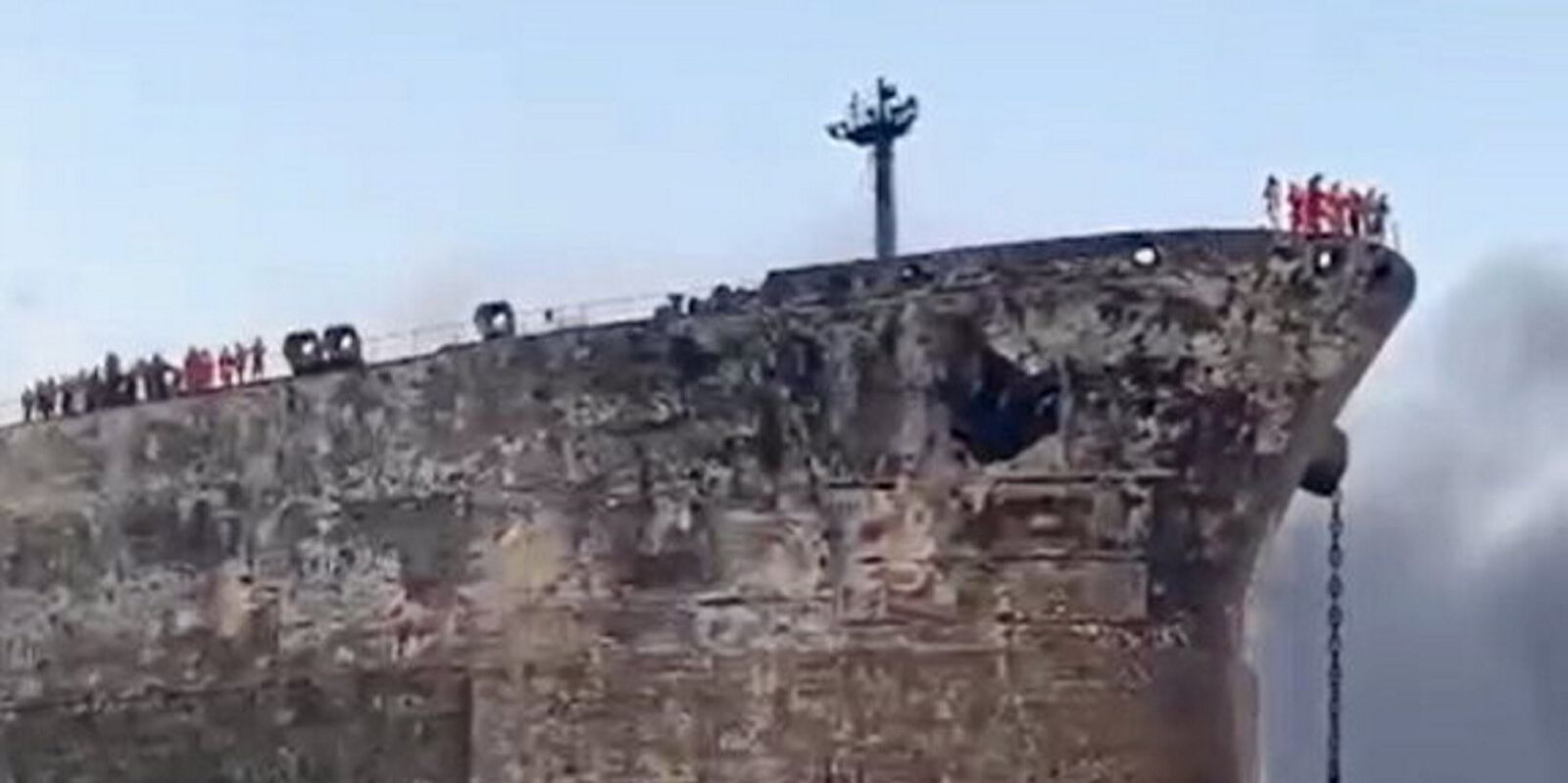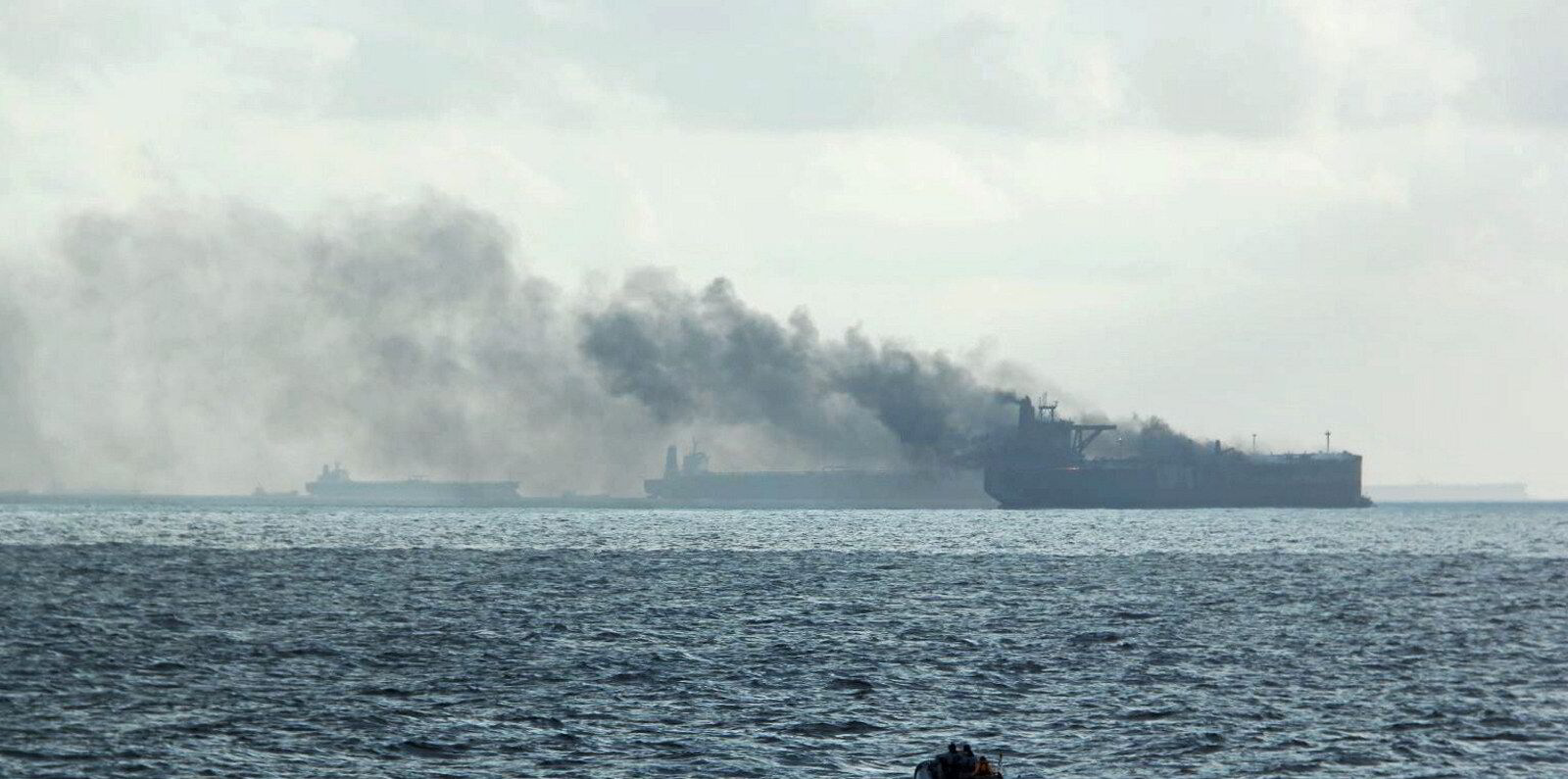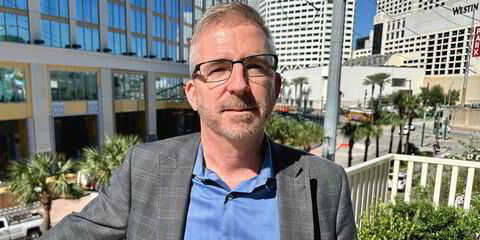I have a somewhat clear memory of the last time a very large tanker suffered a major oil spill.
More than 16 years ago, I was a new reporter at TradeWinds, which tasked me with roving the Connecticut Maritime Association’s annual conference with a cameraman collecting dozens of interviews.
We met up with Bob Bishop, then chief executive of V.Ships Shipmanagement, who was palpably concerned for his company’s crew members as he described in detail the moment when a crane barge slammed into the 270,000-dwt Hebei Spirit (built 1993) a few months earlier.
The incident touched off the worst oil spill in South Korea’s history.
As a shipping novice, I had never considered the immense inertia of a VLCC loaded with hundreds of thousands of tonnes of crude oil until I watched footage of the 2007 incident.
The crew’s sense of powerlessness as they realise a collision is inevitable is palpable. It’s a slow-moving nightmare.
Thankfully, major oil spills are now a considerable rarity.
However, the collision between the 300,000-dwt Ceres I (built 2001) and a Hafnia product carrier is a stark reminder of a significant concern in the shipping industry — the large “shadow fleet” of tankers operating outside the mainstream safety regime poses a serious risk of a major oil spill.
TradeWinds journalists have reported that the VLCC suffered a fire after colliding with the 74,200-dwt Hafnia Nile (built 2017) at the mouth of the Singapore Strait — a major shipping artery.
The Ceres I is a “dark” tanker if ever there was one.
Going dark
After the collision, its AIS transponders stopped broadcasting a location and two tugs towed it away, although Malaysian authorities later seized the ship and its tug escorts.
The Ceres I is registered in Sao Tome & Principe, a shipping flag that is so off the radar that its vessels have not had enough inspections for the world’s two main port-state control organisations to make a call as to whether they belong on their blacklists.
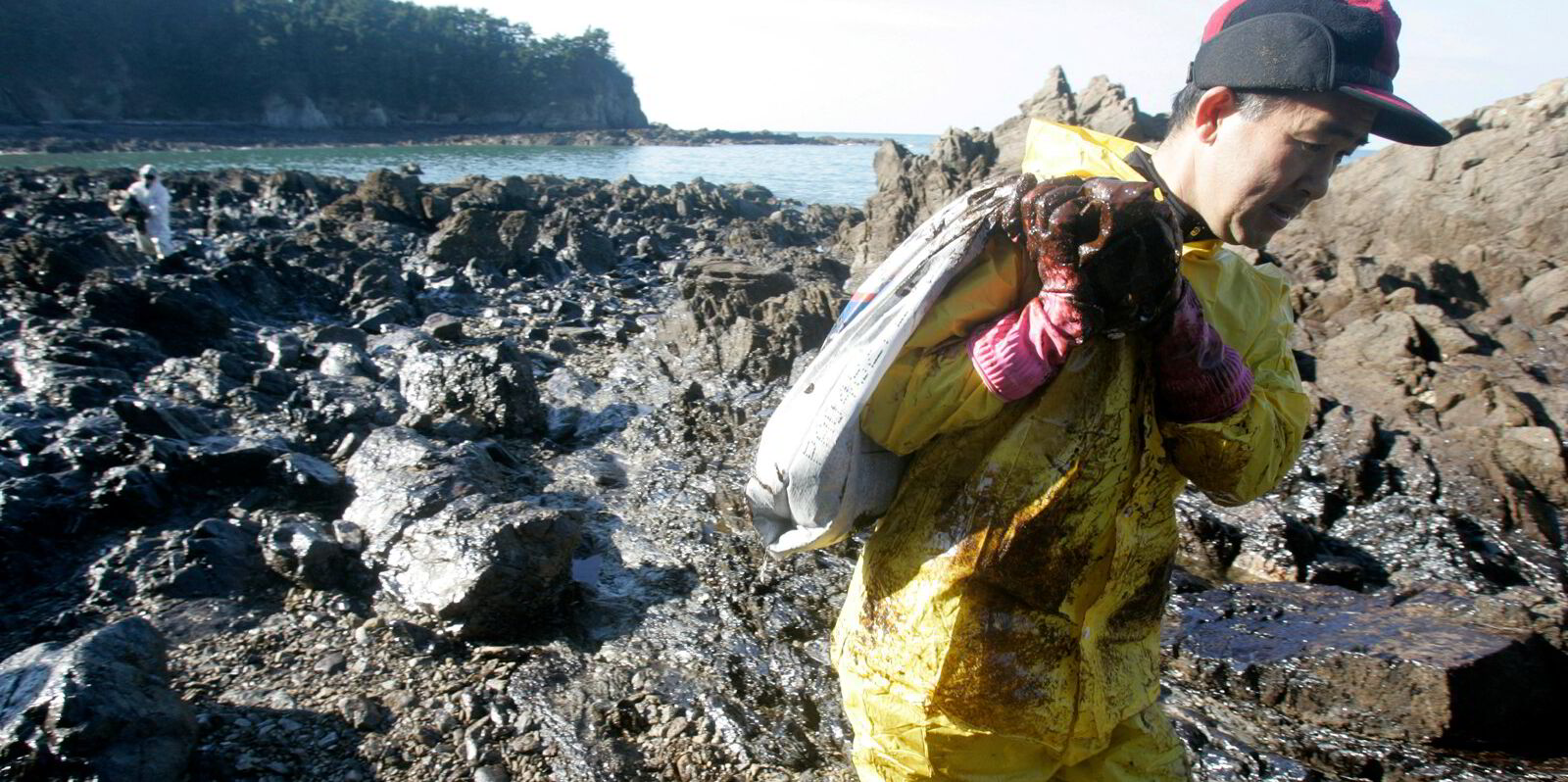
The ship’s current classification society is not listed in the Equasis database after it departed the Korean Register in 2020. Shipping databases list its insurance as “unknown”.
Equasis and major PSC databases have no record of any inspection of the ship since 2019.
When my colleague Jonathan Boonzaier showed up at the official address of Ceres I manager Blueshark Shipping, a previously unheard of Singapore-registered company, he found what looked like an office building. But it was really an industrial facility housing factories behind that facade. There was no apparent ship management activity to be seen.
But if you look up Blueshark on the Equasis database managed by the French transport ministry, it does not yet appear as a manager. TradeWinds also reported that S&P Global’s shipping database was updated to show Blueshark’s role only after the collision, and it still takes a few days before S&P data is reflected on Equasis.
Simply put, virtually every safety-related piece of information on the Ceres I is a red flag.
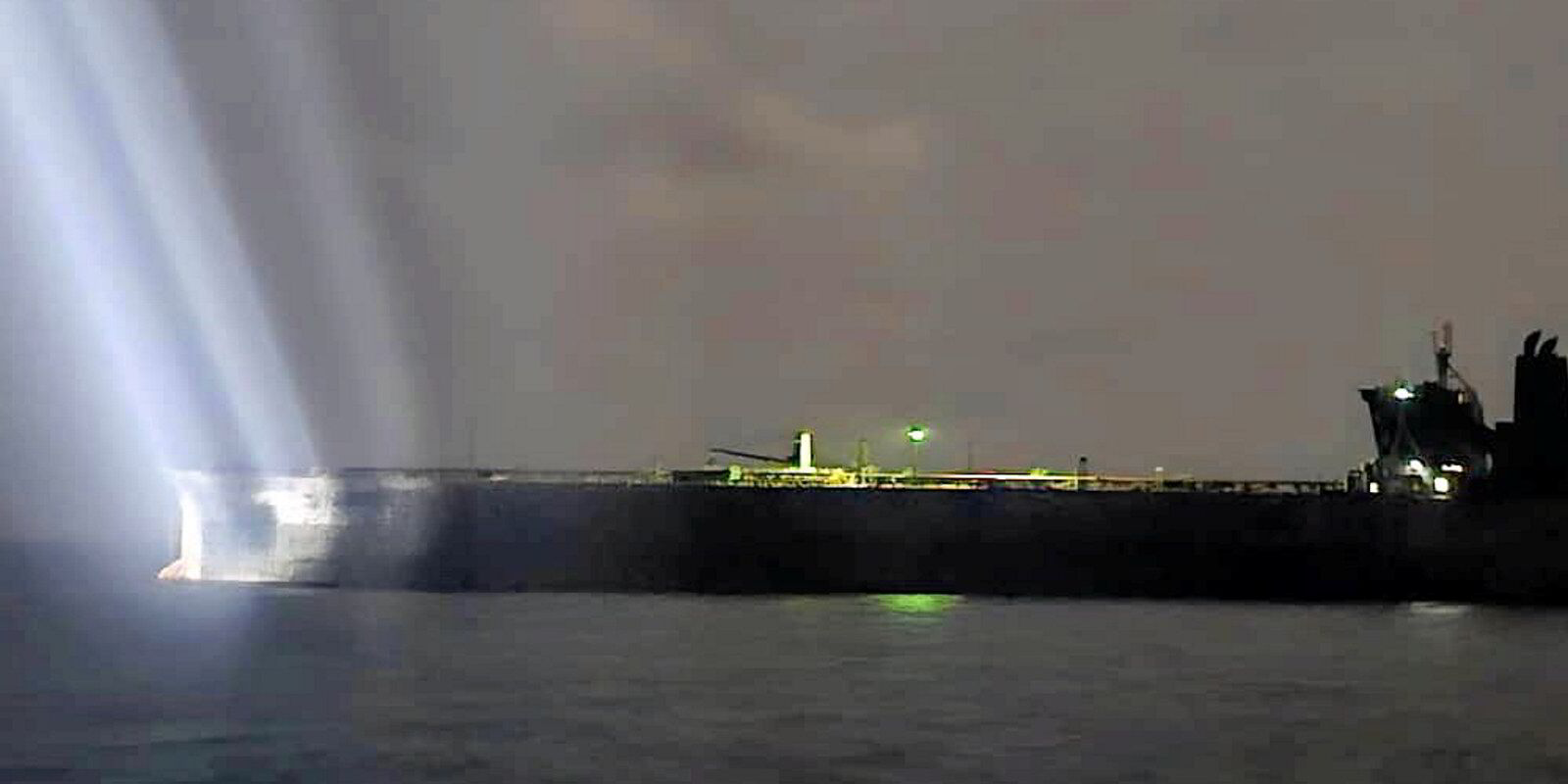
It comes at a time that by some measures, shipping has never been safer.
Earlier this year, insurance giant Allianz estimated that shipping losses have declined by 70% in the last decade.
This is an incredible accomplishment, one driven by improvements in national and international safety regimes — including ever-improving approaches by ship managers, classification societies, charterers and insurers that formed a complex web that had left fewer and fewer cracks for substandard ships to pass through unnoticed.
But what has happened since Russia invaded Ukraine more than two years ago has ripped a chasm in that system.
Geopolitics have divided shipping in two — with high rates creating demand signals to ships to exit the mainstream safety regime and enter an alternative realm where some companies willing to work in sanctioned trades could get away with operating older vessels under flags, classification and insurance that may have lower standards.
A vessel operating outside the realm of mainstream shipping — never calling, for example, in a country where it may face sanctions — may also have fewer touchpoints with PSC inspectors, classification surveyors and charterers’ vetters inclined to hold them to a higher standard.
While an oil sheen was spotted following the incident, the world appears to have averted a major spill.
But the risk should keep shipping up at night.
